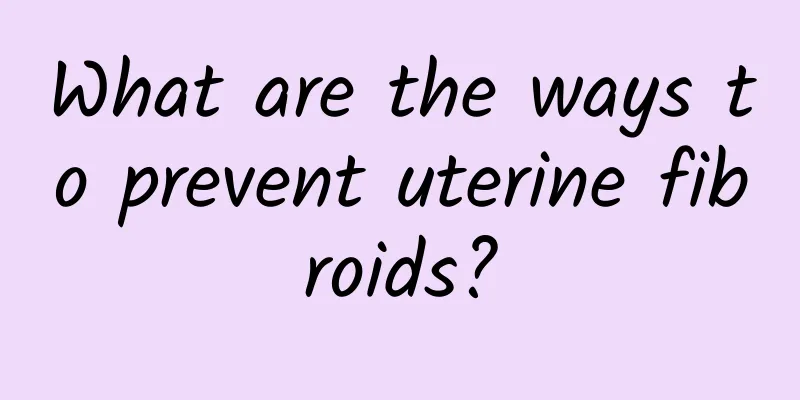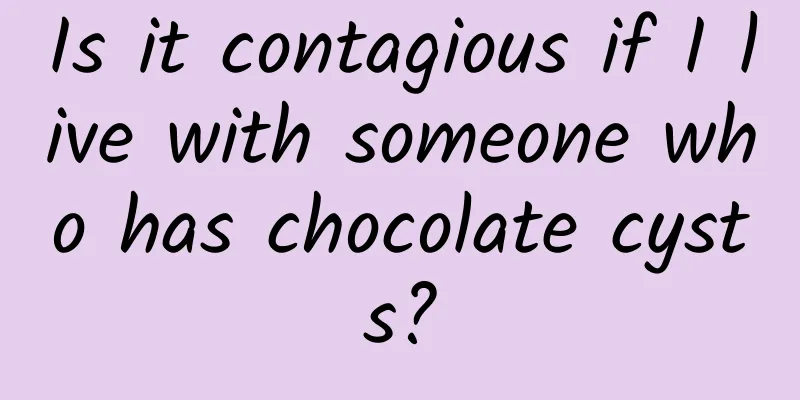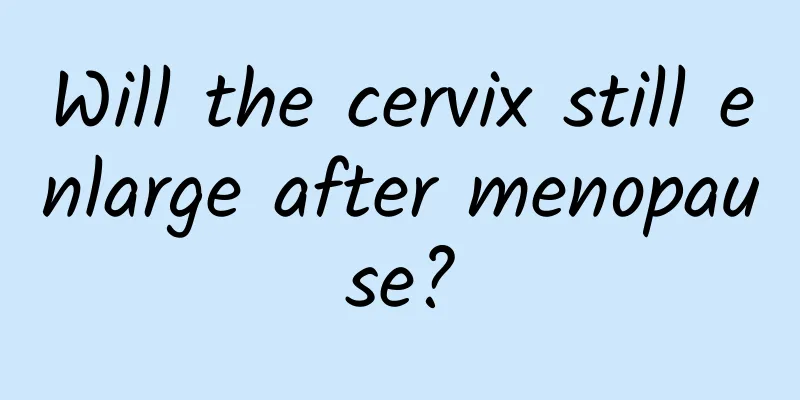Uterine fibroids usually shrink after menopause. How big a uterine fibroid should be removed?

|
Uterine fibroids usually shrink after menopause. How big a uterine fibroid should be before it needs to be removed? 1. Uterine fibroids, also known as uterine leiomyoma, are the most common benign tumors of the female genitalia. Most of them are asymptomatic, and a few of them present with vaginal bleeding, abdominal masses, and compression symptoms. If the pedicle is twisted or other conditions occur, it may cause pain. Multiple uterine fibroids are common, and the exact cause of this disease is unknown. Modern Western medicine uses sex hormones or surgery for treatment, and there is no other ideal treatment. 2. Cosmetics cause uterine fibroids to occur at a younger age. In the past, uterine fibroids were more common in middle-aged women over 30 years old. Now, uterine fibroids also occur in women in their twenties. Studies have shown that the occurrence of uterine fibroids is also related to the frequent use of cosmetics by many women. Let us learn about the disease of uterine fibroids. 3. In gynecological clinics, 30% to 40% of patients are uterine fibroids, and nearly 30% of them are young women in their early 30s. The younger age of uterine fibroids is closely related to the abuse of hormones, hormone beauty and other anti-aging beauty products by young women. 4. The growth of uterine fibroids is related to the overstimulation of female hormones. Therefore, uterine fibroids are prone to occur in women of childbearing age with vigorous ovarian function. As the hormone level of pregnant women increases, uterine fibroids will also increase. On the contrary, uterine fibroids of menopausal women generally stop growing, and some even shrink. From clinical cases, many young women go to beauty salons regularly to delay aging, and take beauty salons' homemade hormone-containing anti-aging beauty products, which just leads to excess estrogen in the body, stimulating the formation of uterine fibroids and ovarian cysts. |
<<: The difference between pelvic inflammatory disease and adnexitis
>>: What medicine is good for cervical erosion
Recommend
Bartholinitis is difficult to treat and prevention is the key
Prevention of Bartholinitis Infection often occur...
Can watching horror movies help you lose weight? Lose calories by walking for 30 minutes
Horror movies have always been a type of movie th...
TCM causes of postpartum menstrual irregularities in women
Irregular menstruation can occur in postpartum wo...
What medicine is effective for low estrogen and premature ovarian failure?
Low estrogen and premature ovarian failure, i.e. ...
How to treat female cervical erosion? Recommend several treatment methods for cervical erosion
How to treat cervical erosion? Irregular vaginal ...
What to do if your period comes 10 days early
What should I do if my period comes 10 days early...
Bright red blood on the third day of miscarriage
Bright red blood on the third day of miscarriage ...
How to treat cervical polyps after menopause
What to do with cervical polyps after menopause? ...
What are some ways to identify irregular menstruation?
The judgment of menstrual irregularity is general...
How to Get Rid of Ovarian Cysts
Ovarian cysts are a common disease in women. They...
What should women do if they have uterine fibroids? What are the symptoms of uterine fibroids in women?
Uterine fibroids, also known as uterine leiomyoma...
What is ovarian cyst bleeding?
What is ovarian cyst bleeding and what are the sy...
Diagnosis of dysmenorrhea
A history of recurrent pelvic inflammatory diseas...
What are the physical characteristics of patients with acute ectopic pregnancy?
Acute ectopic pregnancy is a common clinical type...
Check-up items before abortion surgery
Abortion is very common. This operation takes a s...









